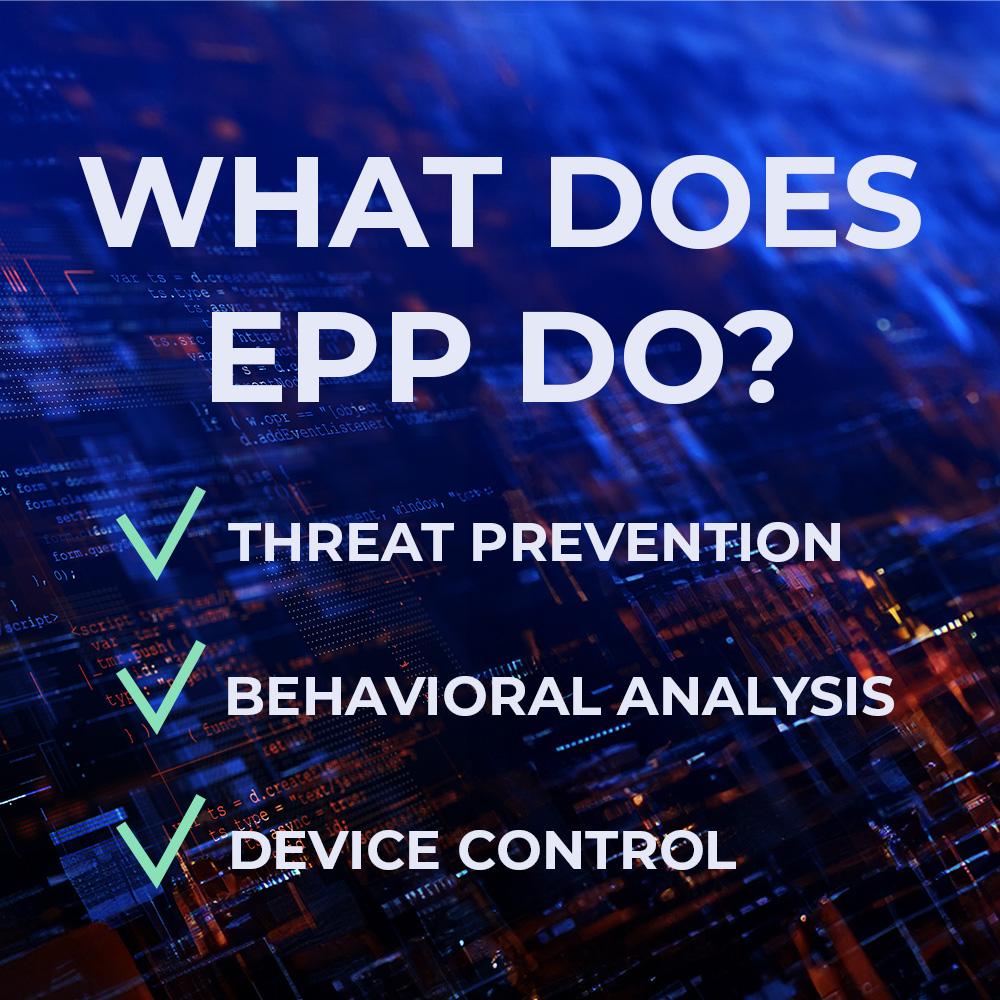Picture this: A hacker sitting behind a keyboard, running automated scripts that guess passwords at lightning speed, hoping to break into your network. This isn’t science fiction—it’s happening every day. Brute force attacks are one of the oldest tricks in the hacker’s playbook, and they remain a massive threat to businesses, cloud infrastructures, and personal accounts alike.
So how do you stop them? Relying on just a strong password isn’t enough anymore. You need a robust cybersecurity strategy that incorporates cutting-edge technologies like MDR (Managed Detection and Response), XDR (Extended Detection and Response), EPP (Endpoint Protection Platform), EDR (Endpoint Detection and Response), SIEM (Security Information and Event Management), and SOAR (Security Orchestration, Automation, and Response).
Let’s break it all down and explore how these security solutions work together to keep your systems safe.
What is a Brute Force Attack?
Before we dive into the solutions, let’s define the problem. A brute force attack is when cybercriminals use automated tools to repeatedly guess login credentials. There are several types:
- Credential Stuffing – Using leaked usernames and passwords from data breaches to access accounts.
- Dictionary Attacks – Testing commonly used passwords and variations to crack accounts.
- Reverse Brute Force Attacks – Trying known passwords against many usernames to find a match.
The consequences? Data breaches, unauthorized access, identity theft, and even ransomware infections. Without the right security measures in place, a brute force attack could be the gateway to a much larger cyber incident.
How to Prevent Brute Force Attacks
You need more than just a good password policy to prevent brute force attacks. Here are some of the most effective security mechanisms:
- Multi-Factor Authentication (MFA): Even if a hacker gets your password, they won’t get past MFA.
- Rate Limiting & Account Lockouts: Limits the number of failed login attempts before an account is temporarily locked.
- CAPTCHA & Bot Detection: Stops automated scripts from trying endless password combinations.
- Anomaly Detection & AI-Driven Security: Advanced security tools analyze login behavior and flag suspicious activity.
- Real-Time Monitoring & Automated Response: This is where MDR, XDR, EPP, EDR, SIEM, and SOAR come into play.
How MDR, XDR, EPP, EDR, SIEM, and SOAR Work Together
Now, let’s talk about the heavy hitters in cybersecurity. Each of these technologies plays a critical role in detecting and stopping brute force attacks.
Managed Detection and Response (MDR)
MDR is your 24/7 cybersecurity team. It’s a managed service that actively monitors, detects, and responds to threats in real-time. If a brute force attack is happening, MDR experts can stop it before it leads to a full-blown security breach. MDR uses threat intelligence, behavioral analysis, and AI-driven security insights to strengthen your defenses.
Extended Detection and Response (XDR)
XDR takes security to the next level by integrating multiple security layers—endpoints, cloud, network, and email security—into a single platform. This means that if a brute force attack originates from a compromised cloud account, XDR will connect the dots and stop the attack before it spreads. AI-powered threat correlation is the key advantage here.
Endpoint Protection Platform (EPP) & Endpoint Detection and Response (EDR)
EPP is your first line of defense at the device level. It detects malware, exploits, and suspicious activity before an attack gains traction. Next-gen antivirus (NGAV), machine learning-based threat detection, and behavior analytics are the core features of modern EPP solutions. Additionally, modern EPP tools leverage cloud-based threat intelligence to enhance real-time protection, ensuring up-to-date defenses against new and evolving cyber threats. They also integrate with behavioral heuristics and zero-trust security models to provide proactive threat mitigation, blocking suspicious activities before they escalate. With automated policy enforcement and endpoint isolation capabilities, EPP solutions play a crucial role in containing security breaches efficiently.


EDR focuses on deep visibility and real-time monitoring of endpoints. It doesn’t just block brute force attempts; it tracks malicious behavior across your network. By leveraging advanced behavioral analytics, AI-driven anomaly detection, and machine learning, EDR tools can proactively identify threats before they escalate. Security teams can investigate attacks, perform forensic analysis, conduct root-cause assessments, and respond instantly to threats. Additionally, modern EDR solutions integrate seamlessly with zero-trust security frameworks and automated remediation systems, ensuring that endpoints remain secure even in highly complex attack scenarios.
Security Information and Event Management (SIEM)
SIEM aggregates and analyzes security logs from multiple sources to detect brute force attempts. It correlates login failures across different devices and alerts security teams about potential threats. SIEM is excellent at spotting repeated failed login attempts and geographic anomalies (e.g., someone trying to log in from two different continents within minutes).
Security Orchestration, Automation, and Response (SOAR)
SOAR takes SIEM to the next level by automating security processes. Imagine this: A brute force attack is detected, and SOAR instantly triggers a security playbook—blocking the IP address, locking down the affected account, and alerting IT teams. The power of automation ensures that threats are handled in seconds instead of hours.
Best Practices to Strengthen Brute Force Protection
A well-rounded security strategy should include:
- Implementing Multi-Factor Authentication (MFA) on all critical accounts.
- Using AI-based threat detection to identify suspicious login behavior.
- Regular security audits to ensure your access policies are up to date.
- Deploying MDR, XDR, EPP, EDR, SIEM, and SOAR to build a comprehensive security stack.
- Training employees on password security and phishing risks.
The Bottom Line: Proactive Security is Non-Negotiable
Brute force attacks aren’t going away anytime soon. Cybercriminals are evolving, and your defenses need to evolve too. MDR, XDR, EPP, EDR, SIEM, and SOAR aren’t just buzzwords—they’re critical components of modern cybersecurity.
By implementing these advanced security solutions, you’re not just stopping brute force attacks; you’re creating a resilient cybersecurity framework that proactively defends against emerging threats.
The question isn’t if hackers will target your network—it’s when. The real challenge is: Will you be ready?
Cybersecurity for Business
Your business faces constantly evolving cyber threats that can jeopardize sensitive data, disrupt operations, and damage your reputation. Our cybersecurity for business solutions are tailored to meet the unique challenges of companies of all sizes, providing robust protection against malware, phishing, ransomware, and more.
Whether you’re a small startup or a large enterprise, we offer multi-license cybersecurity packages that ensure seamless protection for your entire team, across all devices. With advanced features like real-time threat monitoring, endpoint security, and secure data encryption, you can focus on growing your business while we handle your digital security needs.
Get a Free Quote Today! Safeguard your business with affordable and scalable solutions. Contact us now to request a free quote for multi-license cybersecurity packages designed to keep your company safe and compliant. Don’t wait—protect your business before threats strike!





